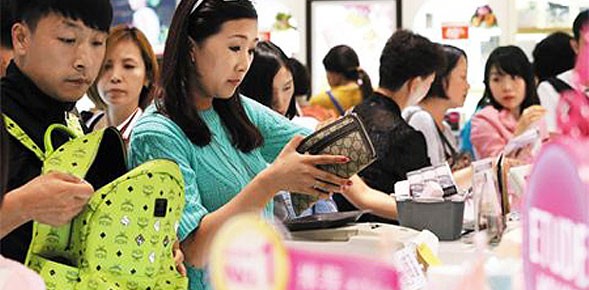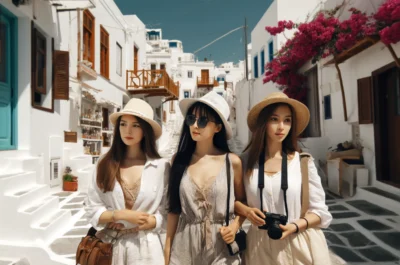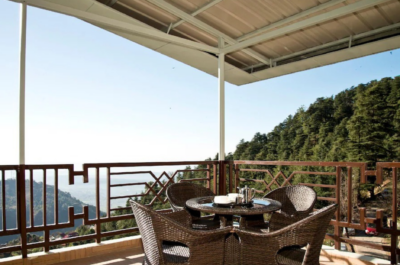However, it's not just luxury brands that are getting in on the Chinese New Year action. Destination restaurants, too, have "gone for the gut" to attract China's international tourist-shoppers in Europe and the US.
By China Luxury Advisors
For the better part of a decade, most major luxury brands have used the Lunar New Year holiday as an opportunity to engage Chinese consumers through localized, limited-edition items. However, owing to plummeting luxury consumption within mainland China – which has only been worsened by the ongoing anti-corruption crackdown – and a decidedly more low-key turn among a growing number of urban consumers, the red-and-gold dragon-themed Ferraris of 2012 are a far more difficult sell in 2015.
As CLA previously pointed out, this year more luxury brands have opted instead for subdued “red envelope” campaigns, and those that are creating limited-edition items are doing so in a more subtle way. Despite a well-publicized online backlash to its Chinese New Year scarf, Burberry showed admirable restraint in its tasteful sheep-themed “Lunar New Year” display at its Bond Street store, indicating that brands can be low-touch and effective in their holiday marketing.
However, it’s not just luxury brands that are getting in on the Chinese New Year action. Destination restaurants, too, have “gone for the gut” to attract China’s international tourist-shoppers in Europe and the US. (An easier sell, given the central importance of food in Chinese culture, particularly around the holidays.) An example is London’s Hakkasan – which operates branches in cities like New York, Dubai, and Las Vegas – which is currently running a Chinese New Year “Wishing Tree and Festive Feast.” Comprising a nine-dish menu and “wishing tree” activity (in which guests are invited to write new year’s wishes on special ribbons that are hung throughout the restaurant), Hakkasan infuses Chinese cultural elements rather than awkwardly shoehorning them in. Sister restaurant HKK is also holding a 10-course “Culinary Journey Through China” this month, inspired by the cuisines of a range of Chinese provinces, which engage guests via professionally designed one-off menus they are encouraged to take home after the meal.
Like afternoon tea – which has become a major selling point among Chinese tourists at shopping and hotel destinations in Europe and the US – themed culinary efforts like those launched by Hakkasan and HKK reflect the kinds of tailored gestures that China’s affluent traveling consumer actually appreciates (and spends on). While everyone can see a flashy Year of the Dragon Ferrari, gold Year of the Rabbit Tiffany necklace, or Year of the Sheep Panerai, cuisine is both private and highly culturally resonant, giving upscale restaurants worldwide an edge amid China’s current “stealth wealth” climate.
TravelDailyNews Asia-Pacific editorial team has an experience of over 35 years in B2B travel journalism as well as in tourism & hospitality marketing and communications.















































































